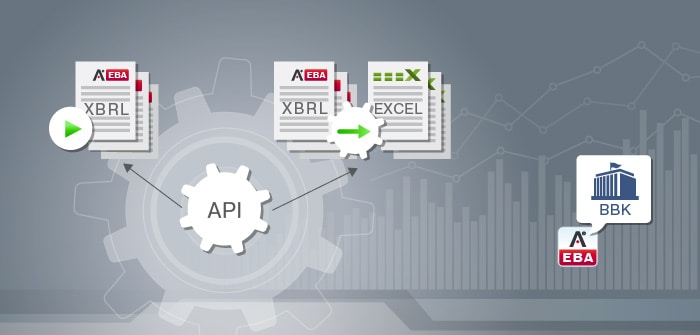How to Implement EBA XBRL Data Quality Checks
The European Banking Authority (EBA) requires banks to use the XBRL data format for their filings. XBRL is a standardized format that makes it easier to collect, analyze, and compare data from different financial institutions. By adhering to the EBA XBRL taxonomy, banks submit data that is consistent and easy to validate, which simplifies the reporting process for both filing institutions and regulators. This streamlined approach improves reporting accuracy and helps the EBA maintain better oversight of the European banking sector.
In addition to required validations in the EBA XBRL Taxonomy, the EBA recommends a set of optional data quality checks that allow reporting organizations to further improve data accuracy and compliance with regulatory requirements. These extra validations help filing companies improve the accuracy and integrity of their reported data – but only if the checks are supported by their XBRL reporting tools.
As part of its comprehensive XBRL support, Altova can run the optional EBA XBRL data quality checks in multiple products. Let’s see how it works.




